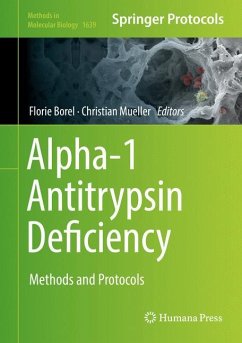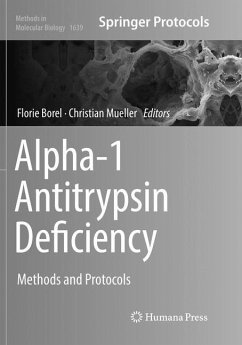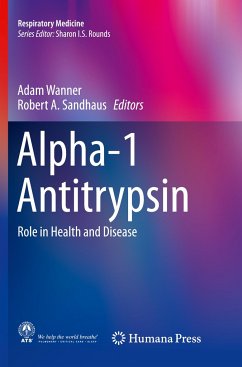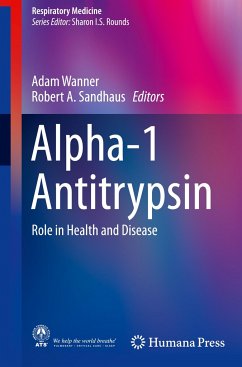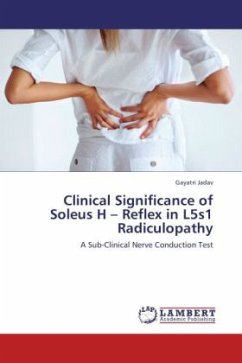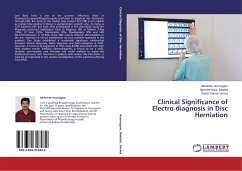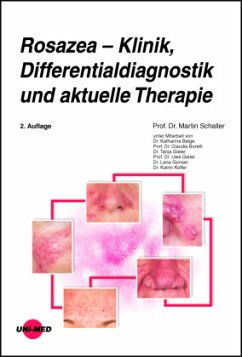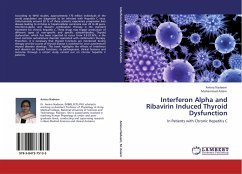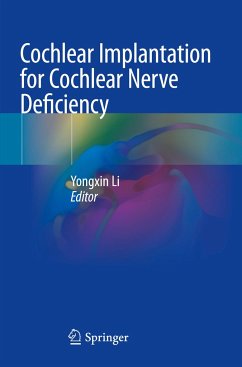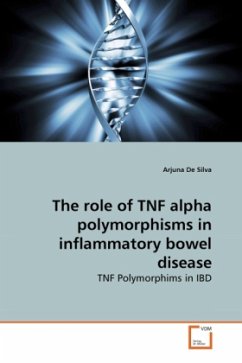Nicht lieferbar

Alpha-1 antitrypsin deficiency and replacement therapy - Current developments and clinical significance
Versandkostenfrei!
Nicht lieferbar
Alpha-1 antitrypsin deficiency (AATD) is one of the most common genetic defects in Europe. As a consequence of the lowered A1AT serum level, the protease-antiprotease balance is disturbed, which among others can lead to an early development of emphysema. The underdiagnosis of AATD is another problematic aspect because it is suspected that only about 5 to 15% of all homozygous patients are currently identified. Usually there is also a diagnostic delay, which can be 5 years or more.This textbook provides an overview of AATD with causes and genetics, diagnosis and therapy, the role of comorbiditi...
Alpha-1 antitrypsin deficiency (AATD) is one of the most common genetic defects in Europe. As a consequence of the lowered A1AT serum level, the protease-antiprotease balance is disturbed, which among others can lead to an early development of emphysema. The underdiagnosis of AATD is another problematic aspect because it is suspected that only about 5 to 15% of all homozygous patients are currently identified. Usually there is also a diagnostic delay, which can be 5 years or more.
This textbook provides an overview of AATD with causes and genetics, diagnosis and therapy, the role of comorbidities and further topics such as vaccinations, sport and physical activities as well as the very complex aspects of a lung transplant. The increasing importance of imaging is addressed as well as the overall clinical evaluation and the need for follow-up examinations. The result is a very practice-oriented volume that will be very helpful in everyday clinical practice in the care of patients with AATD.
This textbook provides an overview of AATD with causes and genetics, diagnosis and therapy, the role of comorbidities and further topics such as vaccinations, sport and physical activities as well as the very complex aspects of a lung transplant. The increasing importance of imaging is addressed as well as the overall clinical evaluation and the need for follow-up examinations. The result is a very practice-oriented volume that will be very helpful in everyday clinical practice in the care of patients with AATD.





